Before I first took my Jeep Wrangler on a trail run with a Jeep club, I installed a mobile Citizens band (CB) radio since CB was used by the club for trail communications. The Cobra 75 WX ST CB radio that I installed worked well enough on the few trail runs I did with clubs, but outside of those trail runs the CB radio had very little use. I would drive around town with the CB radio on sometimes and occassionally came across some freeway chatter, but that was it.
After running a CB radio in the Jeep for around three years, I replaced the Cobra 75 WX ST CB radio with a Wouxun KG-1000G GMRS radio.
What is GMRS?
GMRS or General Mobile Radio Service has been around for been around for decades mainly for business use until Family Radio Service (FRS) radios started being sold to consumers in the 2000’s. Many of the FRS radios were hybrid FRS/GMRS radios that operated on both FRS and GMRS frequencies. Eventually, FRS and GMRS have merged to simply be GMRS (more expansion on this later).
Anyway, GMRS never really caught on with Jeep clubs and most have stuck to CB or use HAM for longer range use.
What prompted the switch for me?
Recently the Jeep Jamboree organization announced that GMRS is now the standard communication for Jeep Jamboree event participation, replacing CB radio which was the former standard/requirement.
CB radio is very limited in range with three (3) miles line-of-sight being the standard limit. But it is often much shorter due to terrain and structures. The limited range makes CB radio very use case specific.
While Jeep Jamboree making this change doesn’t affect anyone who doesn’t participate in Jeep Jamboree events, this does bring GMRS to the forefront of Jeep owners and the rest of the off-road community.
Before I go on, it is important to note that you actually need a GMRS license in order to operate a radio with any power output greater than 2 watts. The Federal Communications Commission (FCC) permits radio operators to transmit on GMRS channels 01 through 07 and 15 through 22 at 2 W (or less) without a license. Radio operators with a GMRS license may transmit on GMRS channels 01 through 07 and 15 through 22 up to 50 W.
Channels 08 through 14 are restricted to maximum transmit power of 0.5 W regardless of license status.
I actually acquired a GMRS license several years ago because the requirements for GMRS use was more strict.
With the change by a significant Jeep event organizer from CB to GMRS, I feel we will start seeing more people make the switch to and this resulted me in looking at GMRS again. So I started researching GMRS again to see what GMRS has to offer.
How did I choose the Wouxun KG-1000G GRMS radio?
During my research I discovered that consumer GMRS radios have come along since the inexpensive Motorola Talkabout radios first sold in the 2000’s. I came across several GMRS videos by Notarubicon who is a Jeep owner in my area (that I have bumped into a couple times at events in the past) and he covered some newer radios and made me aware of the range capabilities that can be achieved with higher power handhelds and even much higher power mobile units.
Midland is the more well-known manufacturer for higher power output GMRS radios and they make some good products. But Midland radios don’t allow customization like other GMRS radios that can be found on the market.
After watching some Notarubicon videos and doing additional research, I decided to give the Wouxun KG-905G handheld GMRS radio a whirl.
The KG-905G is a 5W handheld radio and I was quite impressed by the performance of the radio in that I was able to hit a repeater 17 miles away from me without issue.
Programming extra channels with repeater frequencies in the area was relatively simple (once I got the software and cable working).
The one caveat is that the included antenna was not tuned very well to this radio. The SWR reading out of the box was above 2.0 (between 2.1 and 2.7).
Rather than try to tune this antenna by cutting it, I acquired a Nagoya NA-771G 15.3″ that is tuned for 462 MHz and the resulting SWR readings were near perfect at less than 1.1.
After playing around with the KG-905G, I quickly decided to get a mobile mounted unit to replace my Cobra 75 WX ST CB radio and acquired the Wouxun KG-1000G mobile GMRS unit.
The KG-1000G is a 50 W radio which is the maximum allowed transmission power allowed on GMRS frequencies (sans channels 08 through 15, which are always limited to 0.5 W). It already comes programmed for the default GMRS frequencies mapped to the appropriate designated GMRS channels (01 through 16), along with the accepted repeater frequencies.
The KG-1000G (like the KG-905G) allows you to have up to 999 channels so you can add more custom channels in addition to the defaults (or replace the defaults completely). Why would you do this if there are only 16 GMRS frequencies and eight (8) repeater frequency pairs?
If you are traveling, you will come across more repeaters and since there are only eight (8) repeater frequencies for GMRS, you will come across multiple repeaters using the same frequency pair but with different input and/or output tones. The ability to add custom channels will allow you to have repeaters with the same frequency pair and different tones available in the radio, without needing to manually change the pre-programmed repeater channel tone(s) in the menu every time you drive to different areas.
For example, let’s say you are in your home town where there is a repeater operating on 462.6500 MHz (which corresponds to CH 27 / Repeater 19 on Wouxun radios) with an input tone of CTCS 74.4 Hz. But then you travel to another area to run a trail 150 miles away with a repeater also operation on 462.6500 MHz but with an input tone of CTCS 91.5 Hz.
Wouxun Radio Custom Channel Configuration Example
| Radio Channel ID | Frequency | Offset Frequency | Transmit Tone | Receive Tone |
|---|---|---|---|---|
| CH31 | 462.6500 | 467.6500 | 74.4 | |
| CH32 | 462.6500 | 467.6500 | 91.5 | |
| CH33 | 462.5750 | 467.5750 | 127.3 | 127.3 |
| CH34 | 462.7000 | 467.7000 | 71.9 |
In the above example table, I have the home town repeater in this hypothetical scenario set to Channel 31 and the trail repeater on Channel 32. Both repeaters operate on the same repeater frequencies (offset) but with different tones. Thus I can simply turn the channel knob (or scroll through on the controls) to change between repeaters without having to manually change input tones in the on radio menu system.
How did I go about with the installation?
The design of the Wouxun KG-1000G does allow for some flexibility. The faceplate comes off and can be used while detached from the main radio body (and connected via an RJ45-type cable).
I say RJ45-type cable because it uses what appears to be RJ45 connectors on what appears to be CAT-5E cable. I tried using an ethernet (network) cable to connect the faceplate and radio but it failed to work. I am guessing the pin-outs are mapped differently.
Given that the faceplate can be used separately (with the hand microphone connected to the faceplate), I decided to mount the radio underneath the front passenger seat with the faceplate (and controls) center and above the dash mounted to my Vector OffRoad JKE-dock (via 67 Designs mounting hardware).
I saw a good idea in a Trailrecon video where they made a lexan/plexiglass plate which they put underneath the carpet of the Jeep, and then put the screws through sandwiching the carpet between the plate and the radio bracket.
I didn’t feel like doing this exactly, but what I ended up doing was making an L-plate where the vertical portion of the plate secured to the passenger seat with two bolts.
I used existing holes in the passenger seat mount (but drilled out slightly larger to accommodate the bolts used).
This appears to hold the radio securely. I have easy access to the PC port where the programming cable plugs into in order to interface with the radio using a computer.
It is important to note that the Wouxun GMRS radios are not supported by CHIRP at the time I am writing this. Programming Wouxun radios requires the use of Wouxun’s own software and the software is unique to each radio model. I had to download individual programs for the KG-905G and KG-1000G. The software is only available for Windows. As a Mac OS user, I was able to install Windows 10 in a VirtualBox VM to run the software and program the Wouxun radios.
With regards to the antenna installation, I decided I would put the GMRS antenna on my tailgate in the same location as where my CB radio antenna was installed.
I have an antenna bracket that fits onto my LOD Offroad Destroyer Rear Bumper tailgate plate. The hole on the bracket is 3/8″ in diameter and I was fortunate to get the Midland MicroMobile MXTA24 18 ft coaxial cable which is an NMO mount with a 3/8″ compatible end. I ran the coaxial cable the same route as I did the CB radio coaxial cable, from the tailgate to the cabin along the passenger side floor trim.
I ran the cable for the remote faceplate along the dashboard down the passenger side dash and to the passenger side floor. The power was wired the same way as I wired the Cobra 75 WX ST CB radio with the power coming straight from the battery into the cabin through the firewall and down the passenger side dash to the floor.
The radio power and ground already comes with inline fuses so you don’t have to splice in your own.
I initially acquired a Tram / Browning 1173 NMO whip antenna, but was unable to get the antenna tuned correctly. Out of the box it had an SWR above 2.0. I tried tuning it but could never get it under 1.5. It is possible I trimmed too much off.
Taking a cue from the success I had with a Nagoya antenna on the KG-905G handheld, I acquired a Nagoya NL-770G antenna and an NMA to SO239 female adapter.
The NL-770G antenna was near perfect out of the box with an SWR reading of under 1.1 (1.02 to 1.07).
I tested the Wouxun KG-1000G from my driveway and am able to consistently reach a repeater in Los Angeles approximately 52 miles away with confirmed clear transmissions. This is quite amazing considering the repeater is within an urban area without any elevation advantage. I can easily reach a repeater approximately 17 miles away on top of a mountain peak.
After the radio was mounted underneath the front passenger seat and the power+ground wires, coaxial cable, and faceplate cable were routed and connected, I mounted the faceplate to the Vector OffRoad JKE-Dock using a 67 Designs Diamond Plate Alternative on a 67 Designs nano-length arm.
The 67 Designs Diamond Plate Alternative was used by taking the Wouxun faceplate remote mount and drilling some holes so I could use the screws of the Diamond Plate to secure the faceplate mount to it. From there, it’s simply sliding the faceplate onto the mount.
The microphone handset, which is connected to the faceplate, is mounted to the Jeep passenger grab handle using a JeepUniq combo mount where the bottom of the combo mount holds the Wouxun microphone and the top of the combo mount will hold a Baofeng UV-5R.
The Baofeng UV-5R is one of the most infamous HAM capable radios. It was an extremely inexpensive UHF/VHF radios that can actually transmit on GMRS frequencies (but is not legal to do so). They were under $30 during their production and I scored a 5-pack for $100. These have been discontinued for newer revisions, but I have these as very cheap, disposable HAM capable radios for monitoring purposes.
I would like to take the opportunity to address some nuances with the Wouxun software and the Wouxun cables. I had some issues specifically with the Wouxun cable for the KG-905G. First off, the drivers available on the Buy Two Way Radios (retailer) website did not work. In Windows Device Manager the device was throwing an error which usually indicates the wrong driver.
I ended up using the data in the Device Manager to identify the chipset of the USB cable and located the official chipset manufacturer website who had universal drivers. These drivers worked perfectly.
But one other nuance with the Wouxun software for the KG-905G that I downloaded from the Buy Two Way Radios website is that it would not recognize the USB cable on COM3 (the serial port). I had to change it from COM3 to COM1 in order for the software to communicate to the radio on the cable. For some reason the software for the Wouxun KG-905G did not allow me to select a different COM port (they were all greyed out and COM1 was selected).
I did not have this problem with the software for the KG-1000G. The KG-1000G software allowed me to select any COM port.
So should you replace your CB radio with GMRS?
It all depends on who you need to communicate with. Quite a few off-road clubs are using HAM radio and while the majority still seem to use CB. GMRS currently appears to be the lesser used option at this moment, but as stated earlier in this write-up, the shift by Jeep Jamboree is going to start making people more aware of the viability and better performance of GMRS over CB radio.
If you are in a group of GMRS users but don’t have or want to get a GMRS license, that’s not an issue. You can simply use an inexpensive “bubble-wrap” low-powered FRS radio that only outputs 2 W and you can still communicate with the group, since anything 2 W or less on GMRS is allowed for unlicensed use.
The fact that it is possible to transmit on GMRS frequencies without a license (albeit at very short range) is one significant benefit of GMRS over HAM.
HAM frequencies require a license regardless of the HAM equipment. If you are in a group off-roaders that only run HAM radios and you don’t have a HAM license, you’re out of luck. You can have HAM radio and monitor/listen, but you can’t transmit back to the group.
In my opinion, if you are with folks that still use CB radio and you have a mobile vehicle mounted CB radio, continue using it but acquire a GMRS handheld like the Wouxun KG-905G (and get your GMRS license). This handheld is more than powerful enough to work in a large group of vehicles that are running a trail together. CB mobile complemented with GMRS handheld is going to be better than a GMRS mobile complemented with a CB handheld since CB handhelds are notoriously poor in practical performance.
I probably should have kept my Cobra 75 WX ST CB mounted and carry the Wouxun KG-905G GMR handheld, but I haven’t been running with any off-road clubs for a while and the CB has very little use for me. Thus, a mobile mounted GMRS offers more capabilities (short of HAM).
I really should really make the effort to get my HAM license. I know a few people who are HAM operators and one friend of mine who has a lot of content covering HAM would definitely urge me to get my HAM license.
But my primary goal for moving from CB to GMRS in the Jeep was for better performing and more universal trail / off-road communications, and GMRS more than meets these needs versus HAM radio.
Anyway, if you are an off-road enthusiast, someone that needs simple and reliable non-cellular two-way communications, or just someone interested in GMRS in general, checkout the Wouxun KG-1000G and KG-905G GMRS radios. I acquired Wouxun radios and several of the related parts (e.g., antenna) from Buy Two Way Radios who appears to be the primary retailer of Wouxun in the United States.

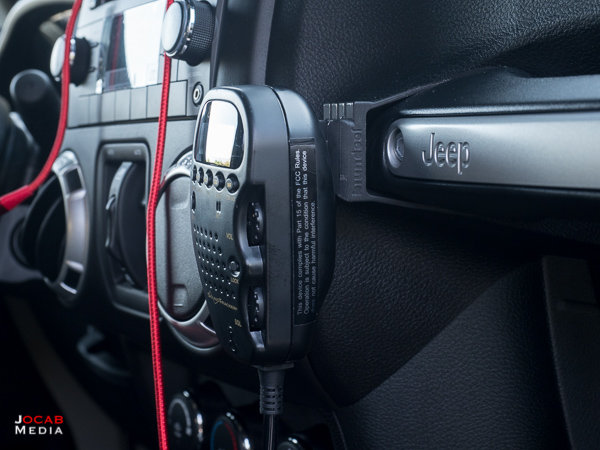
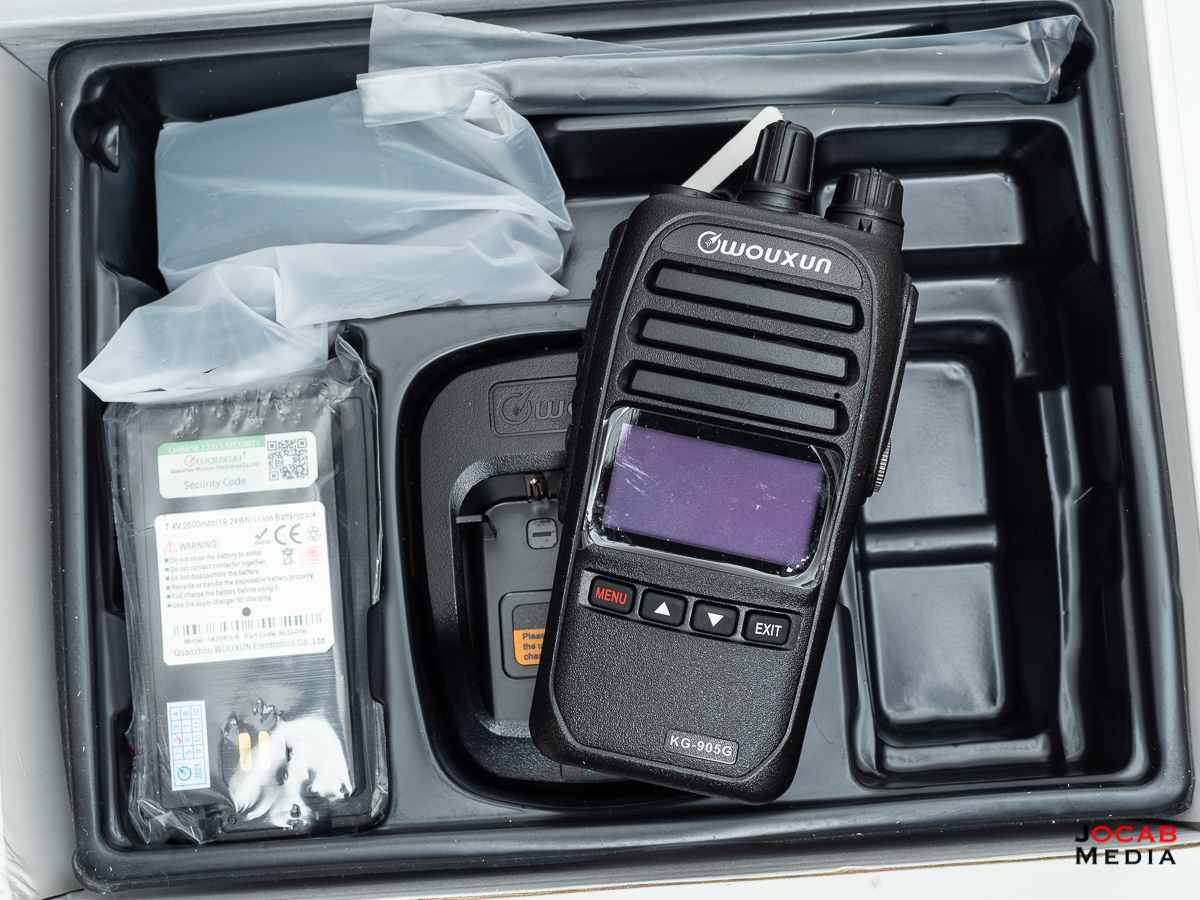
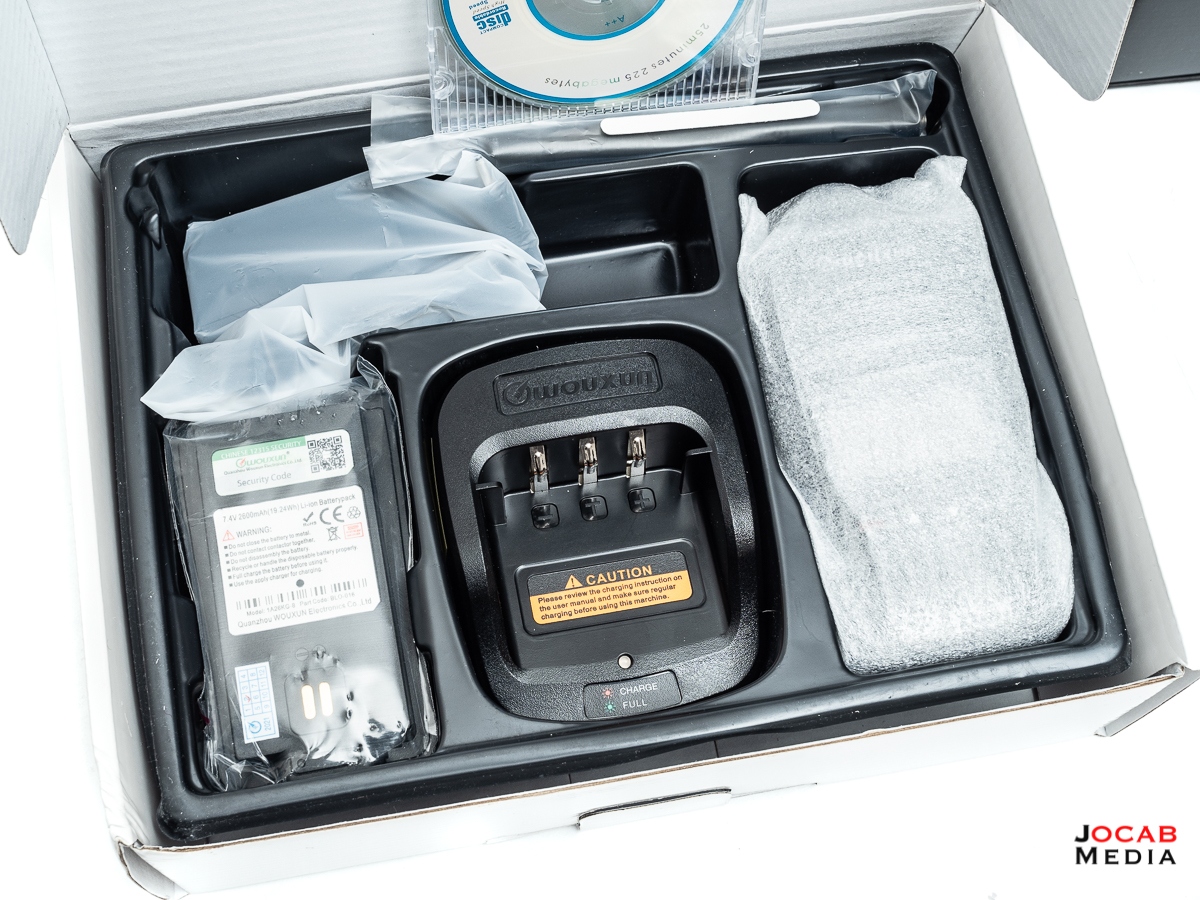
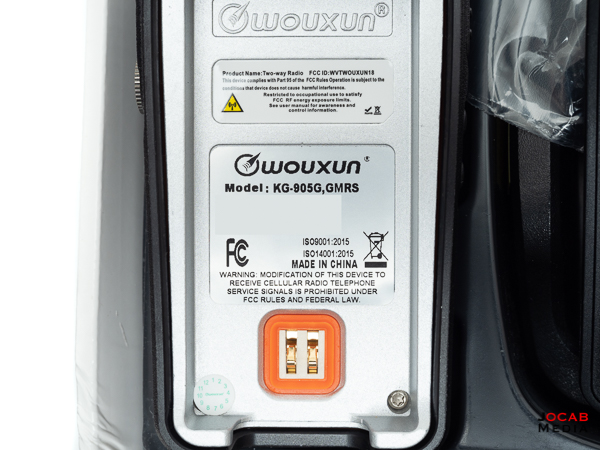
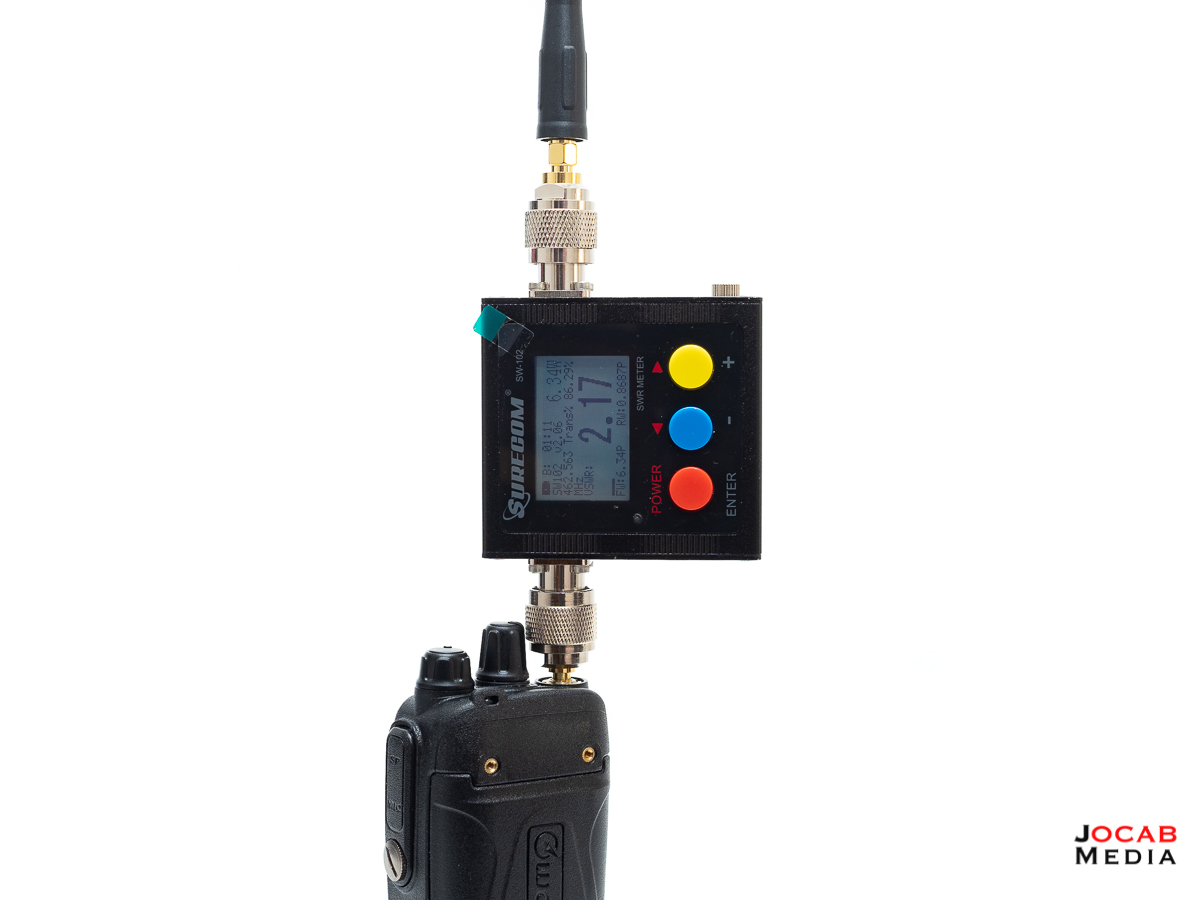
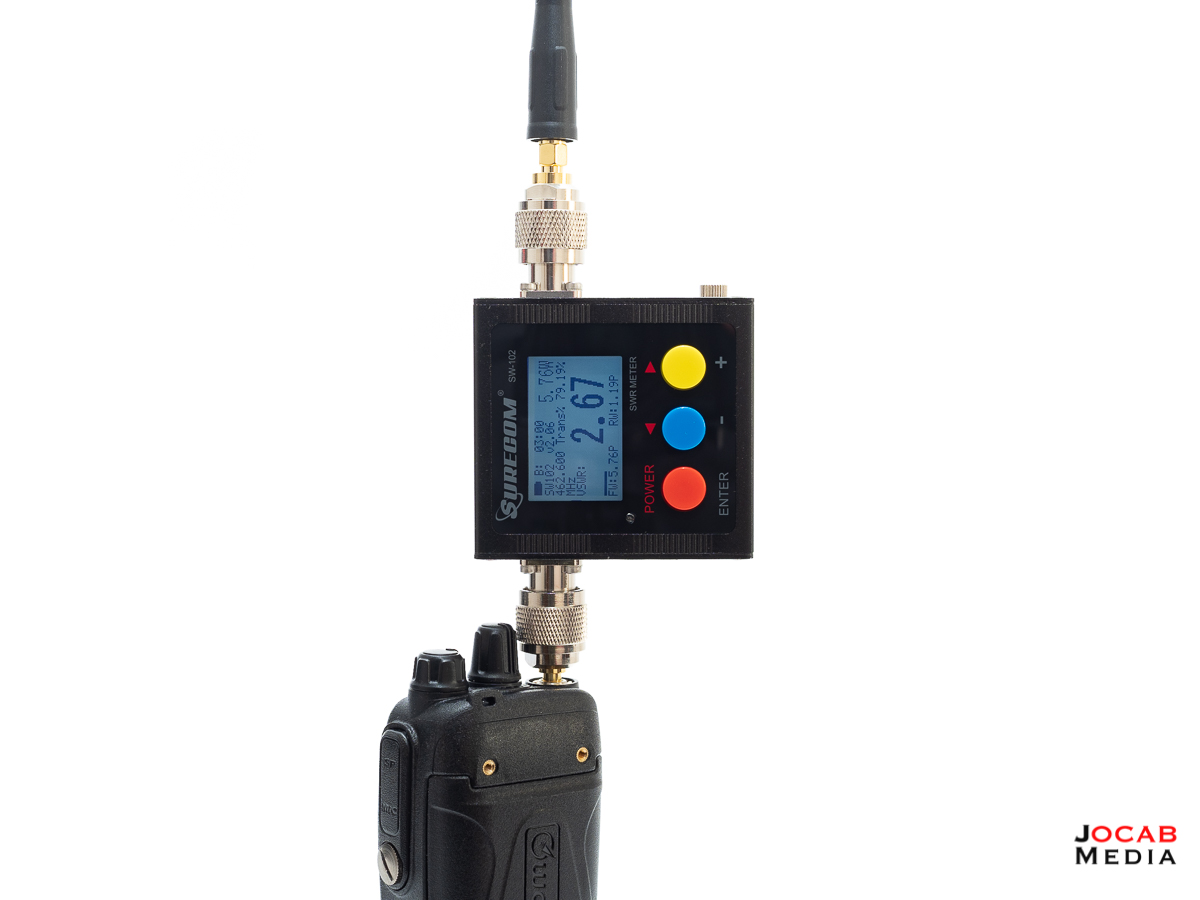
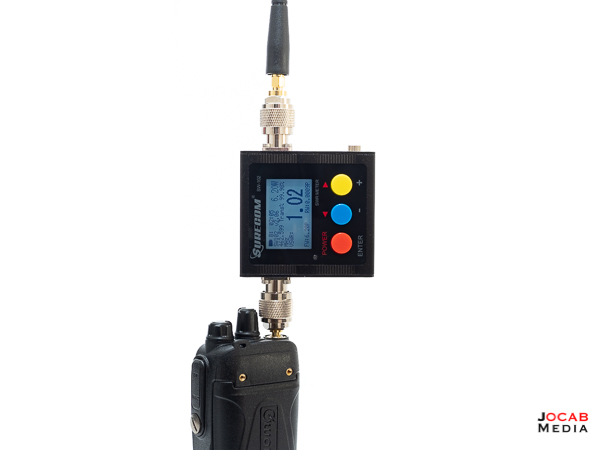
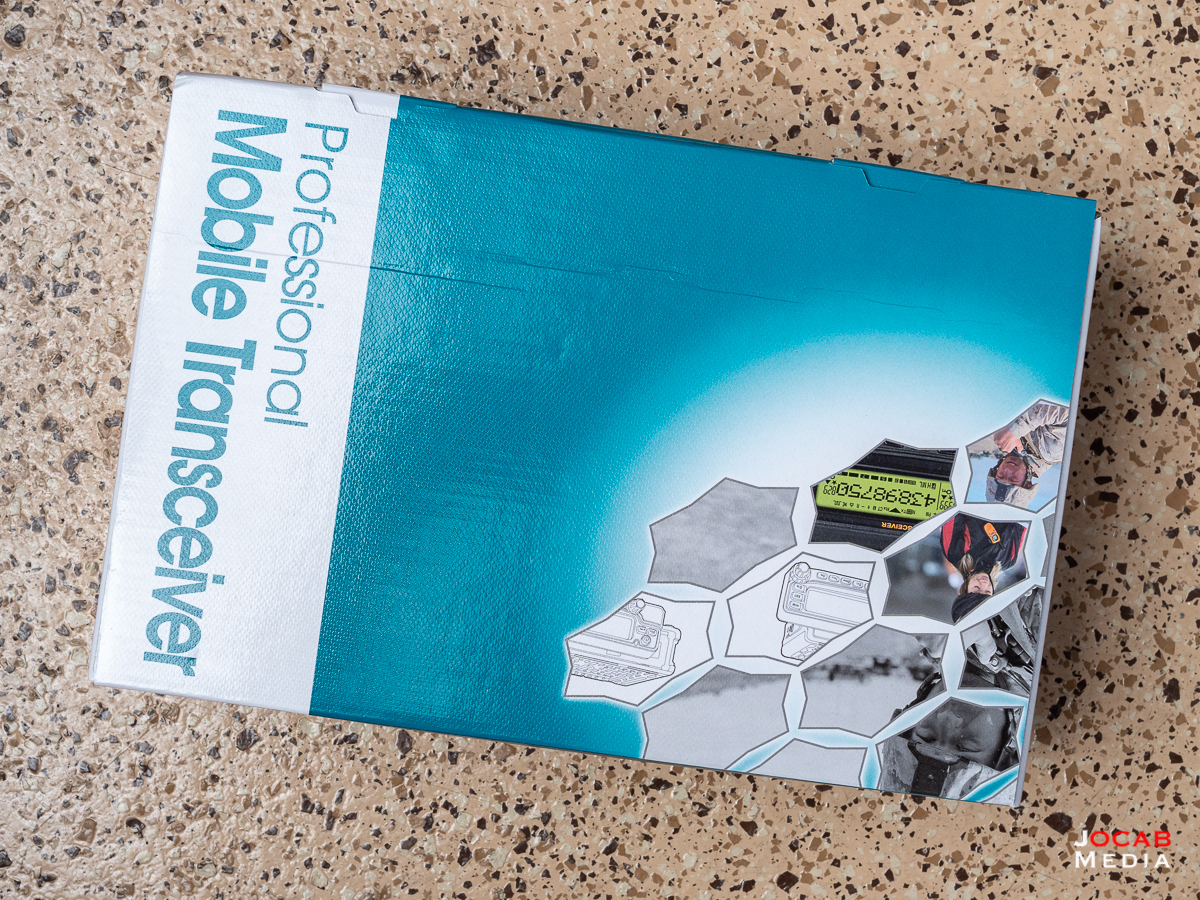
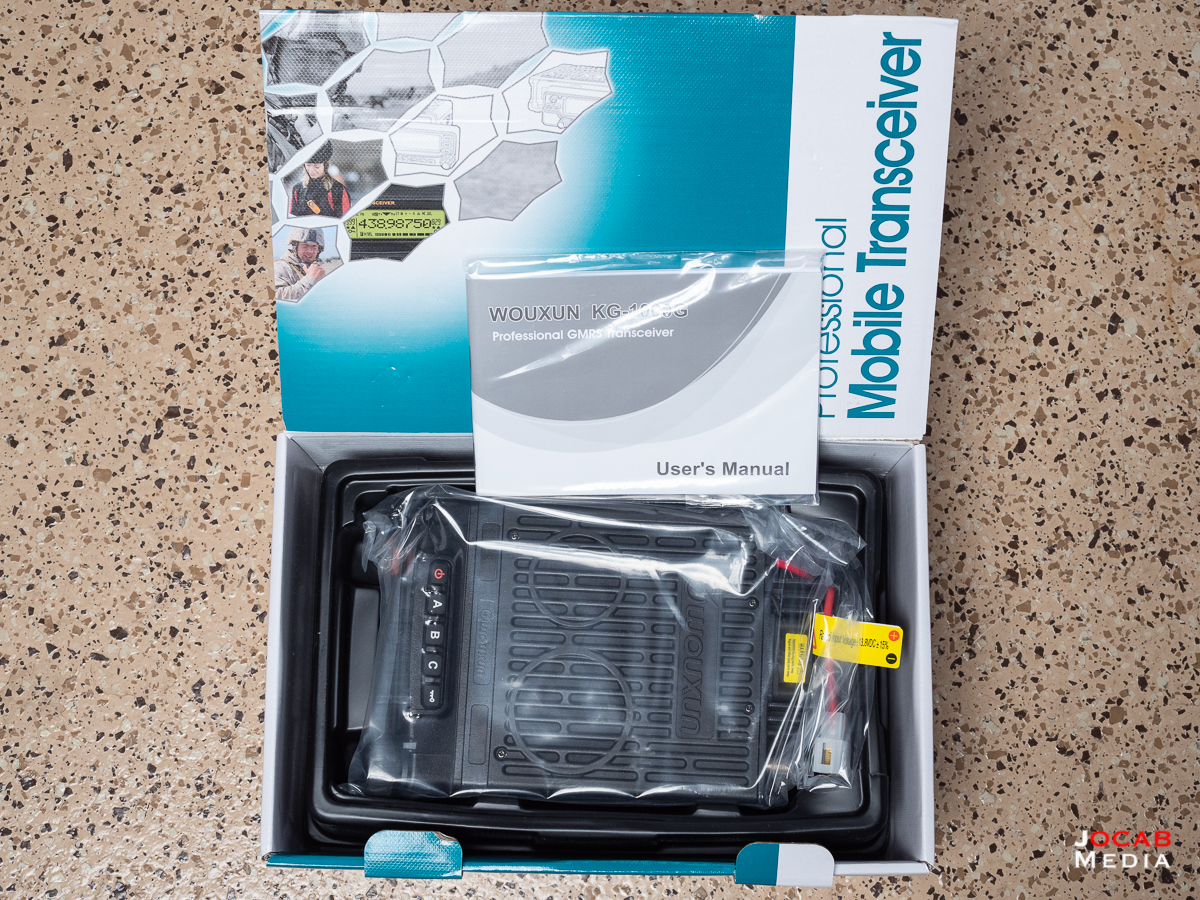
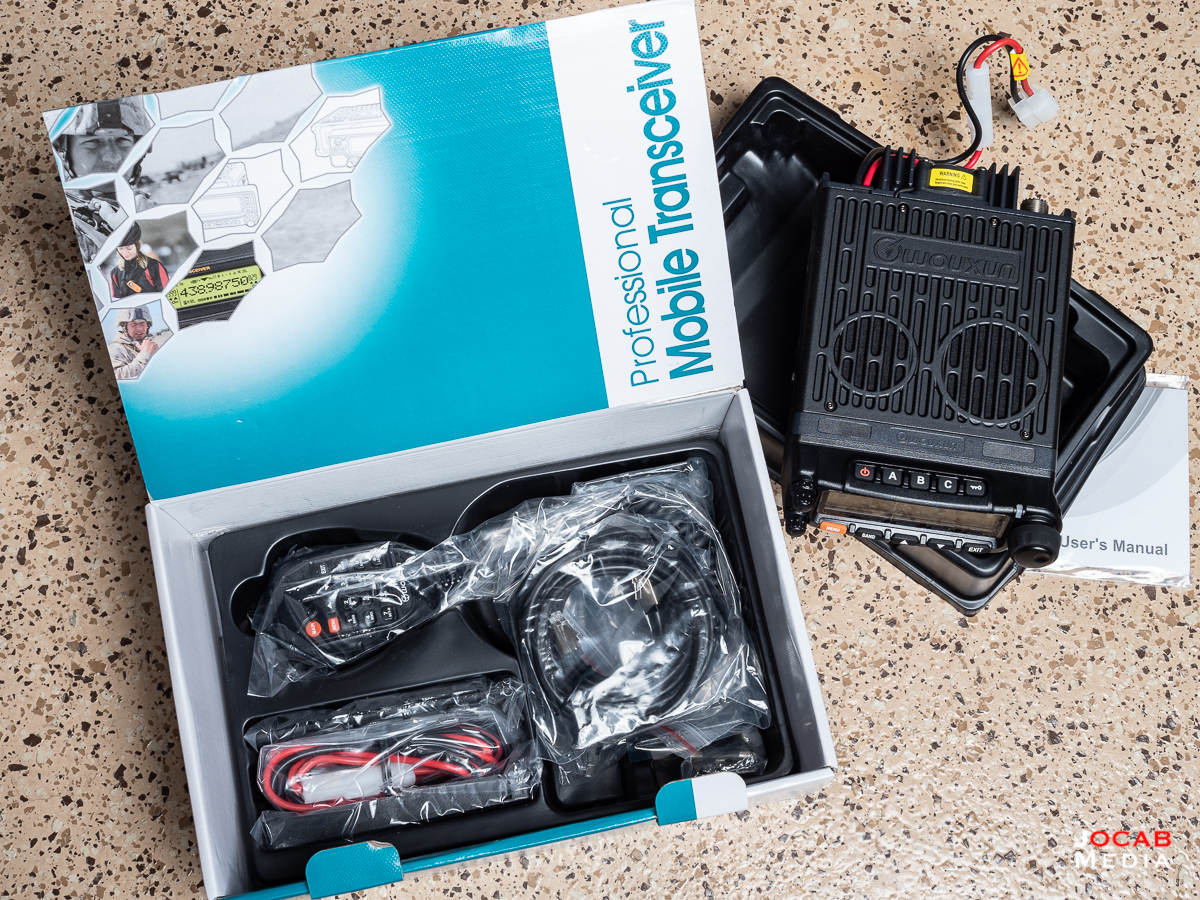
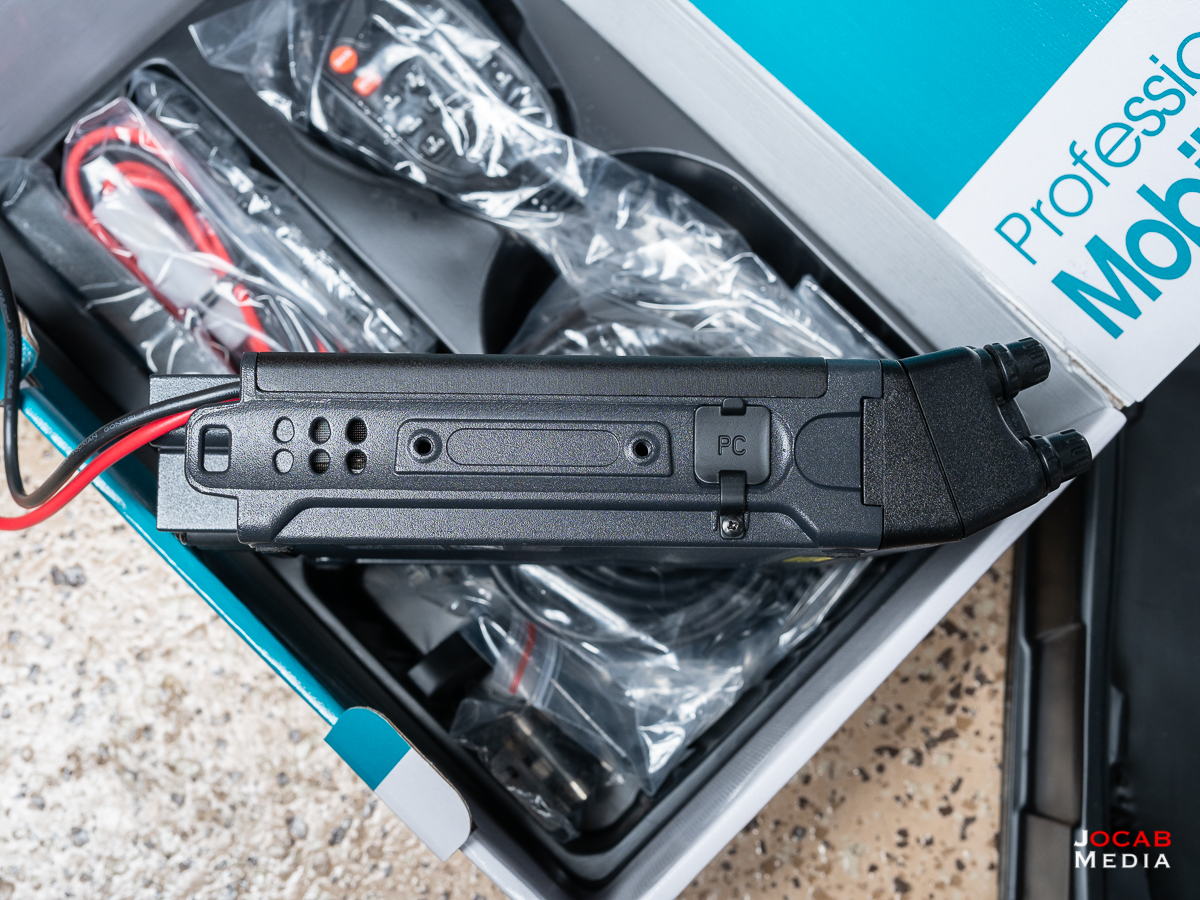
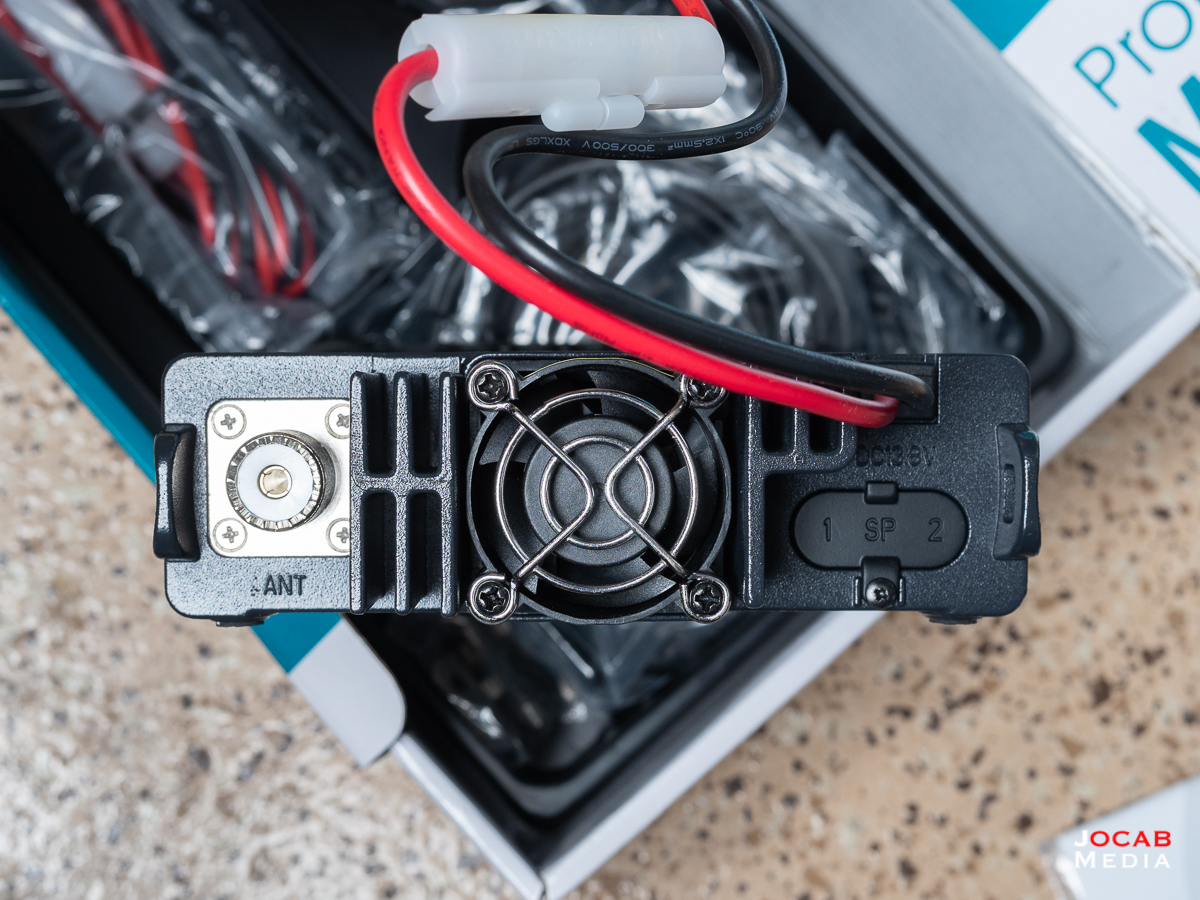
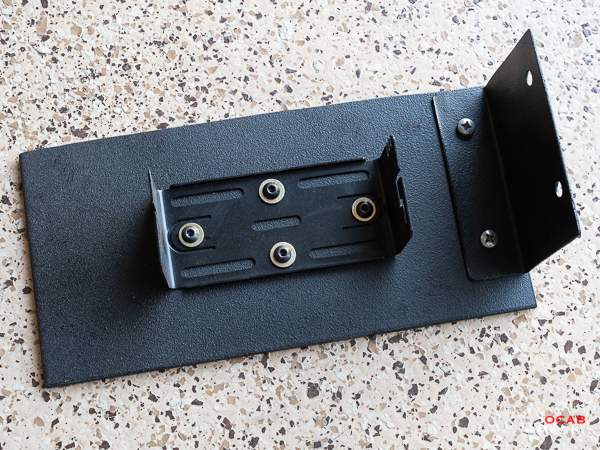
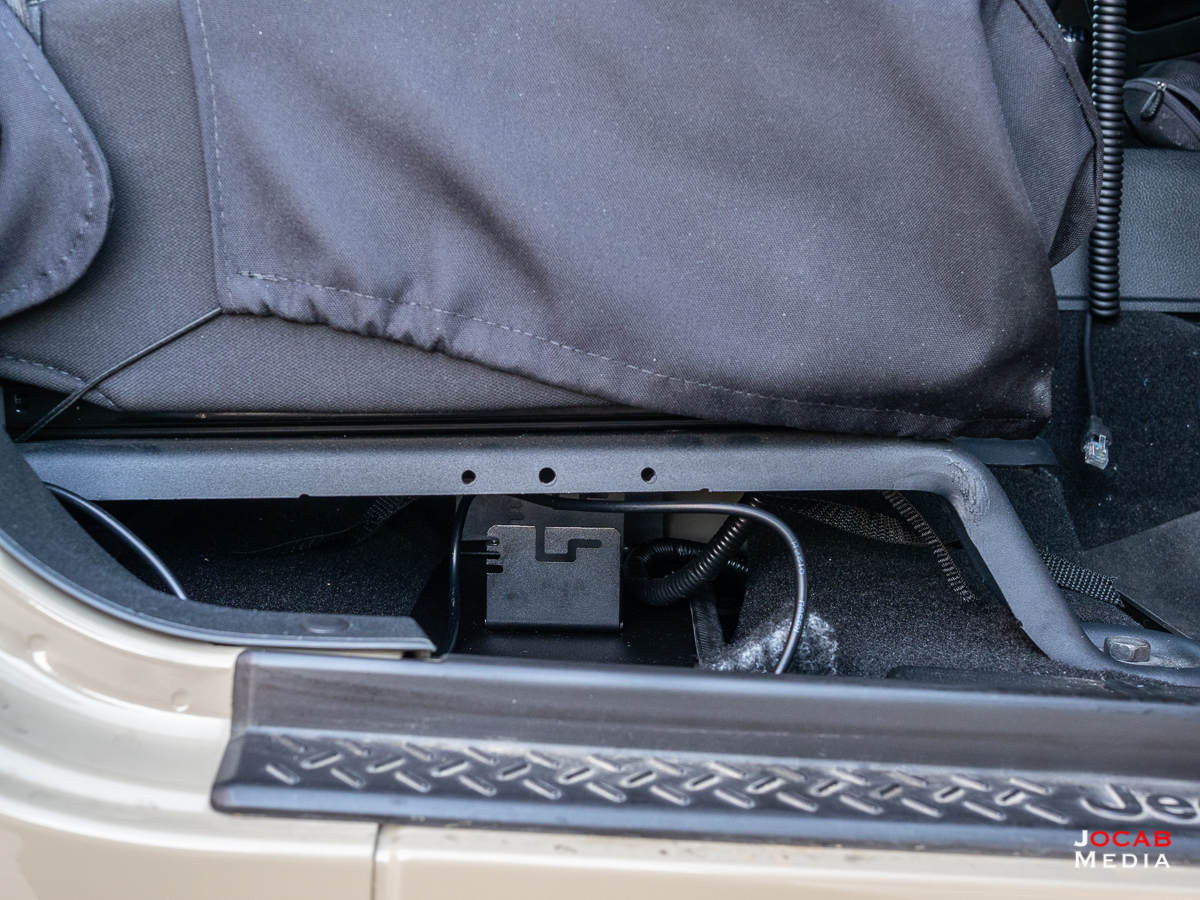
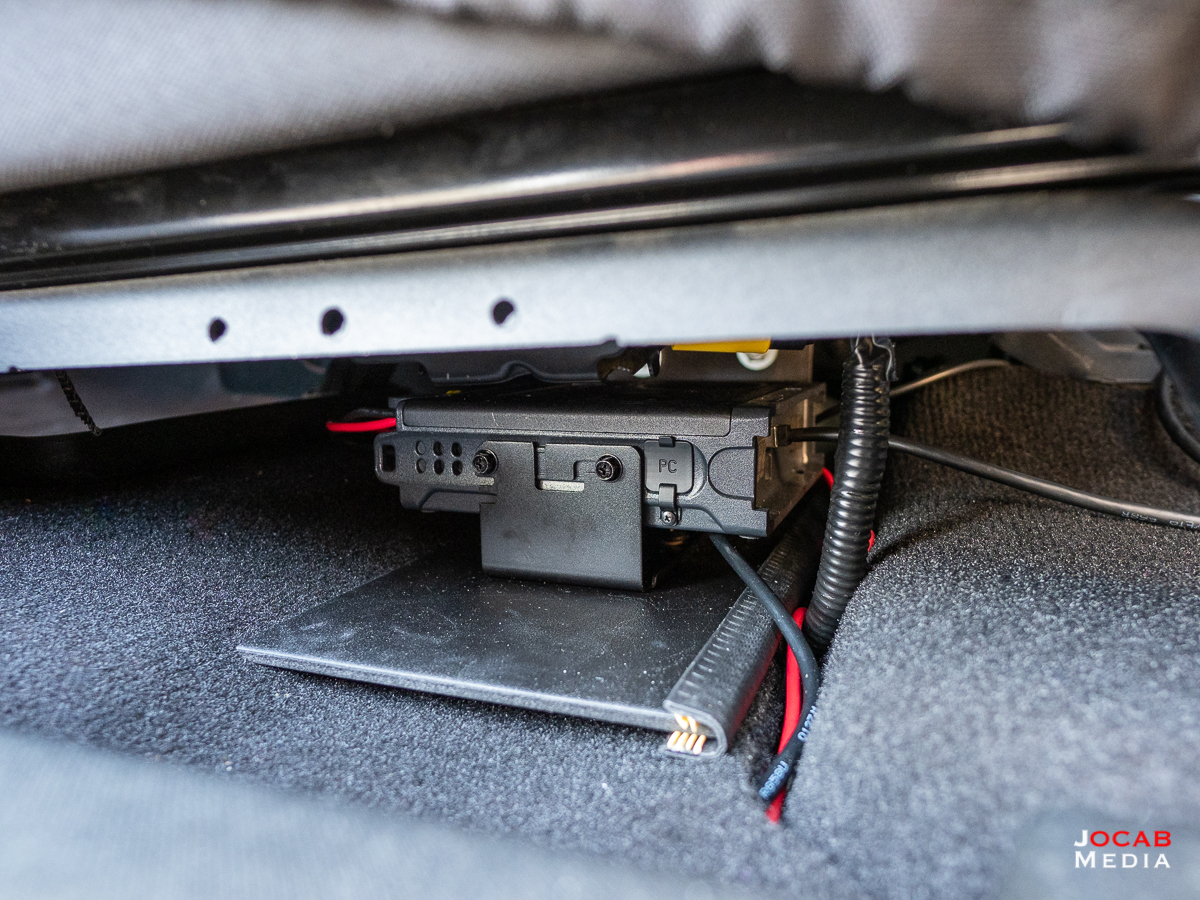
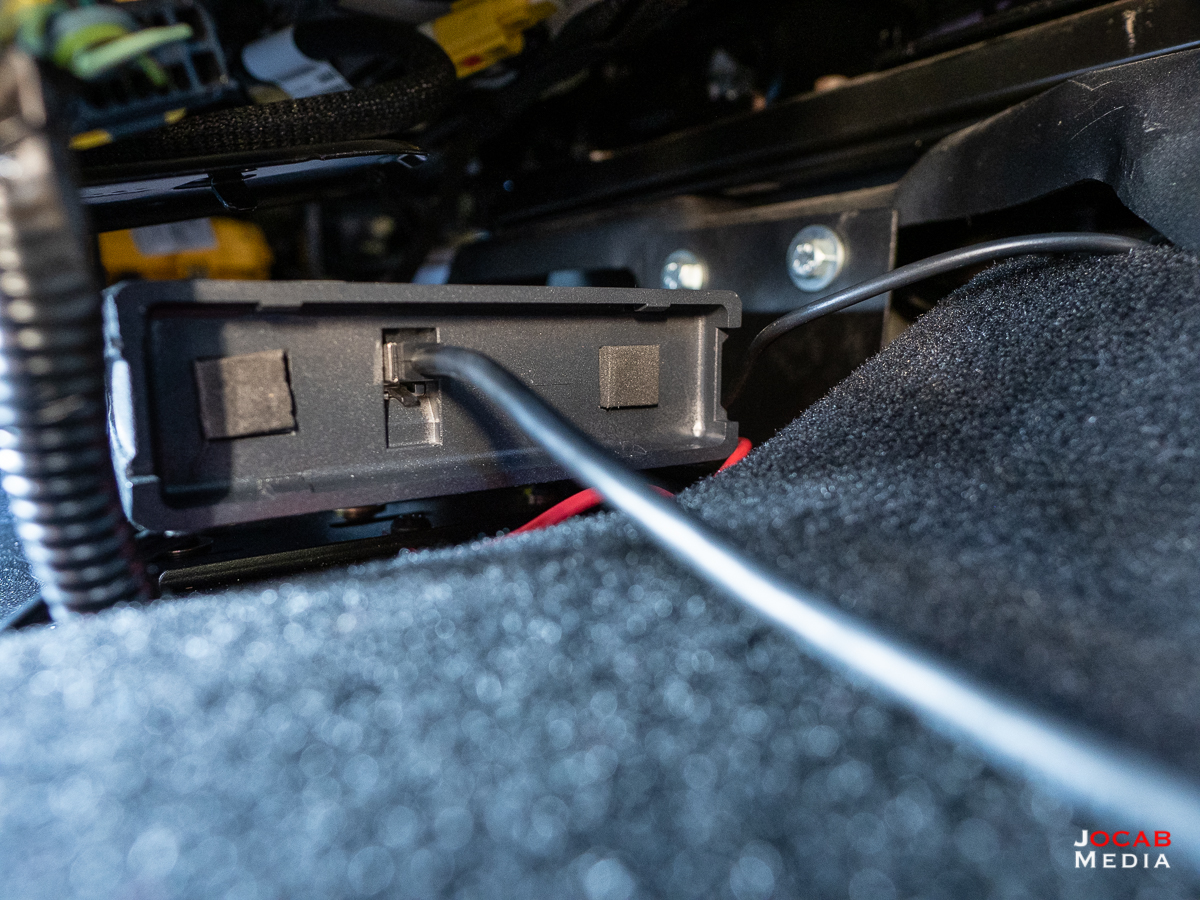
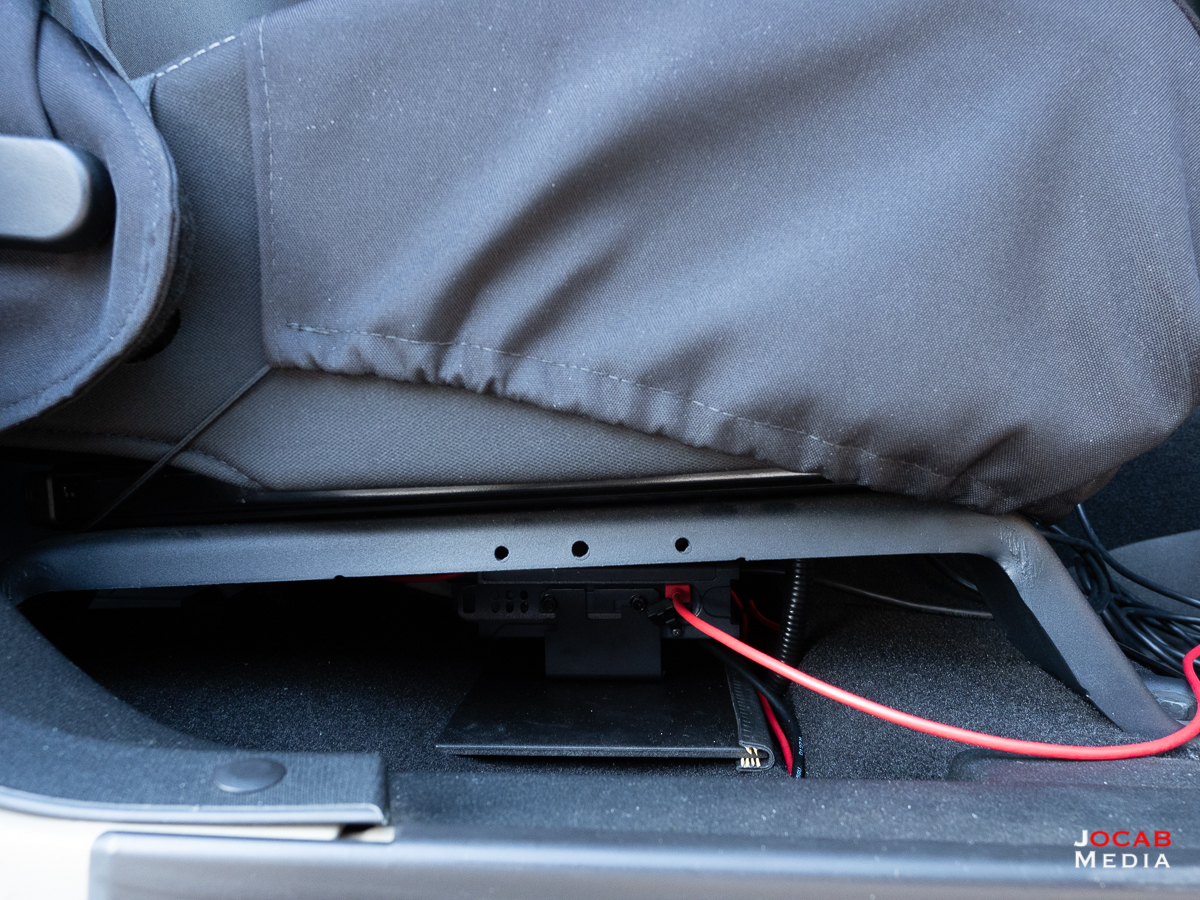
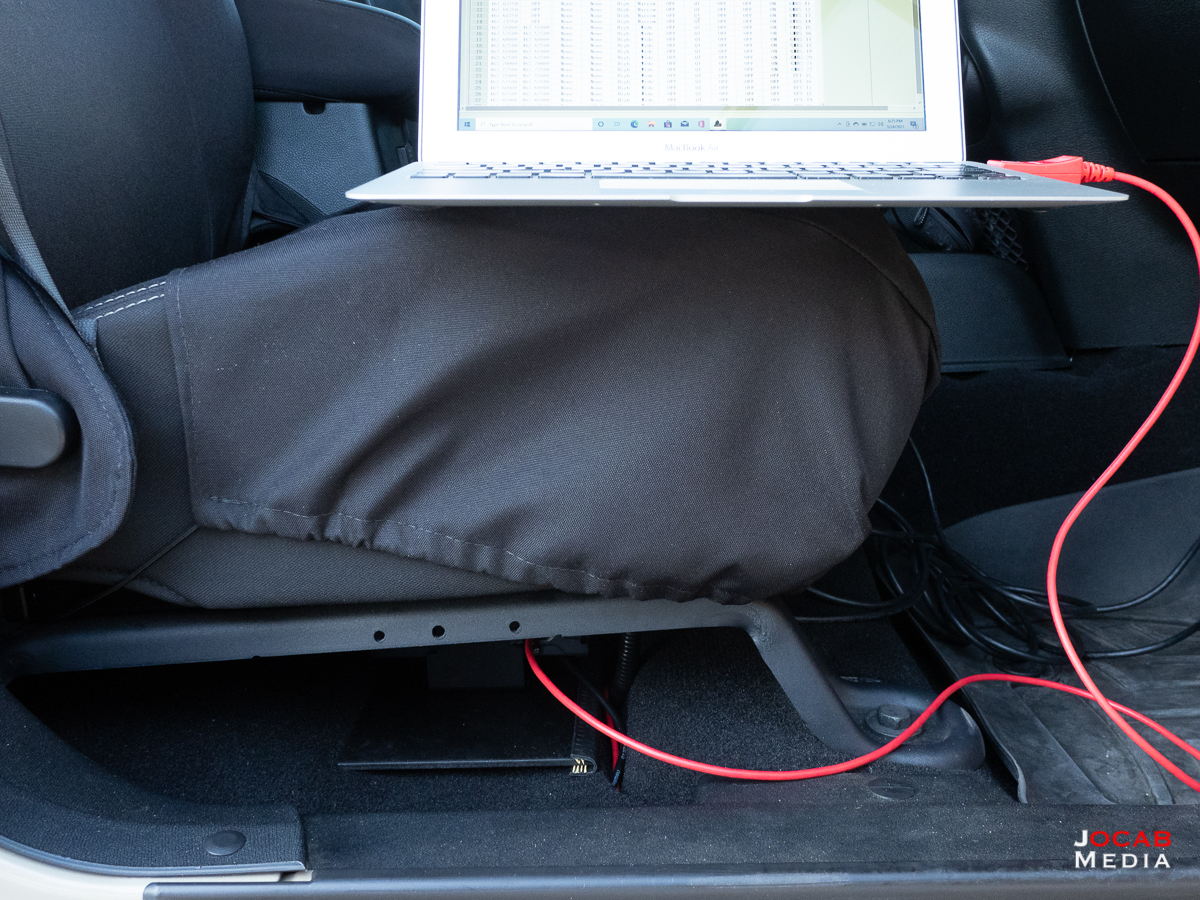
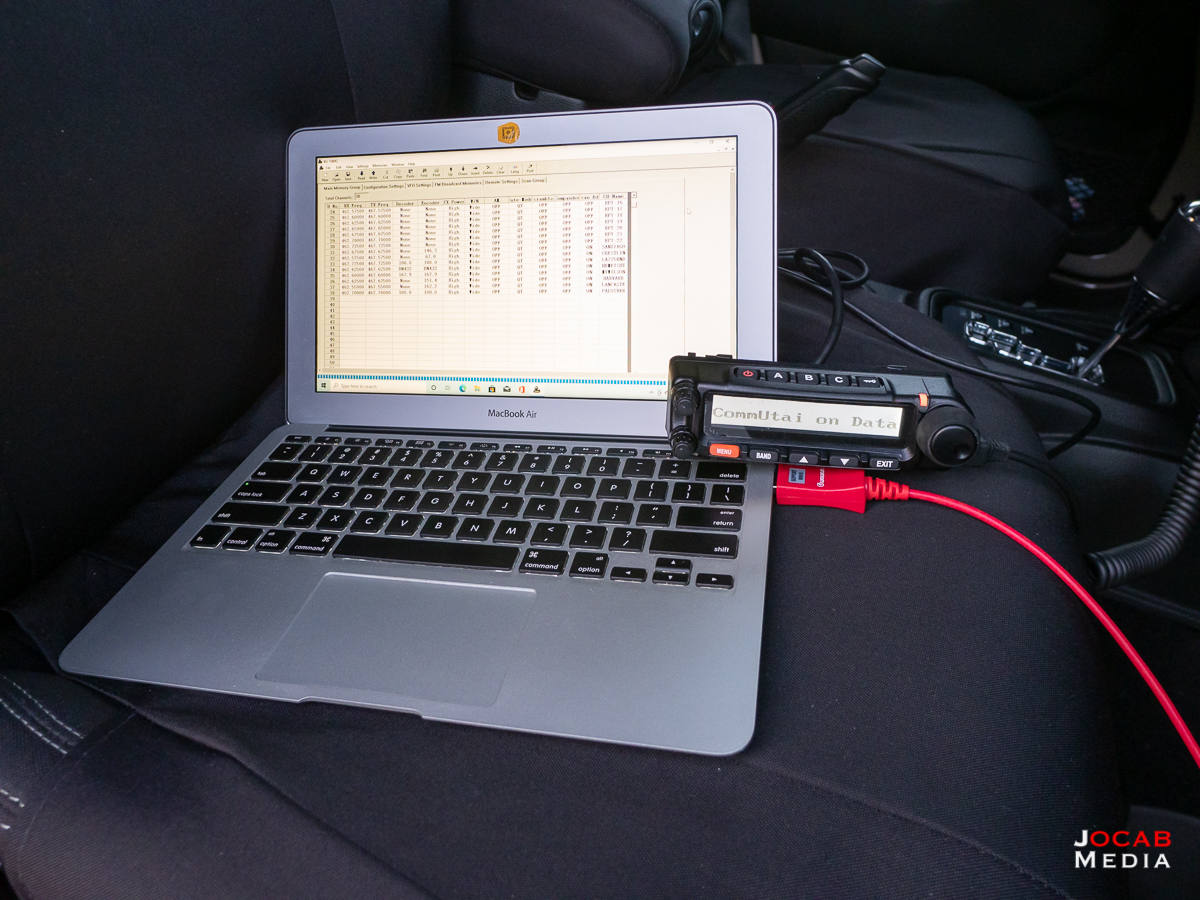
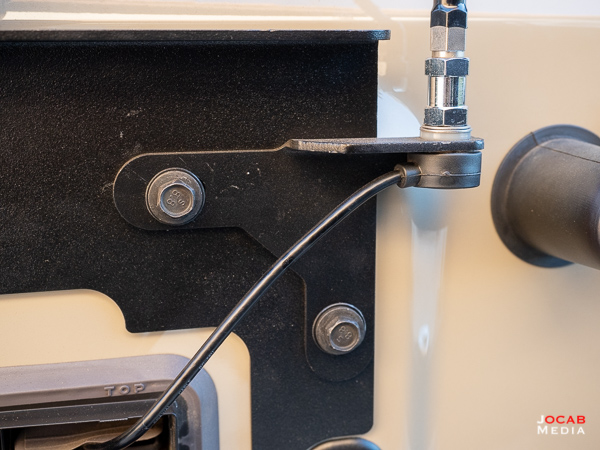
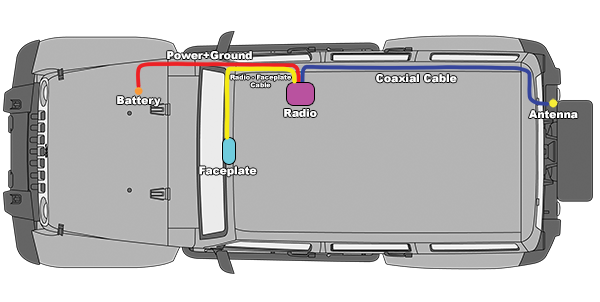
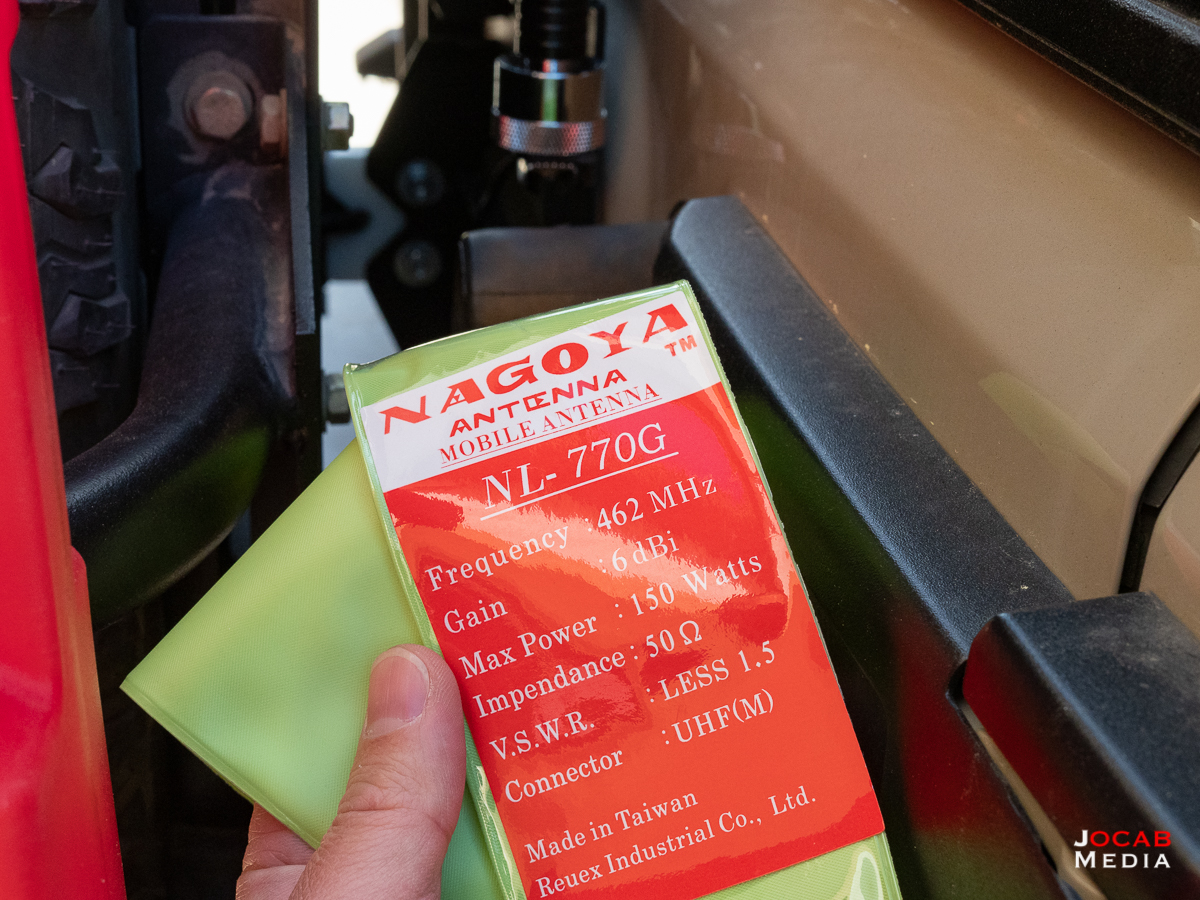
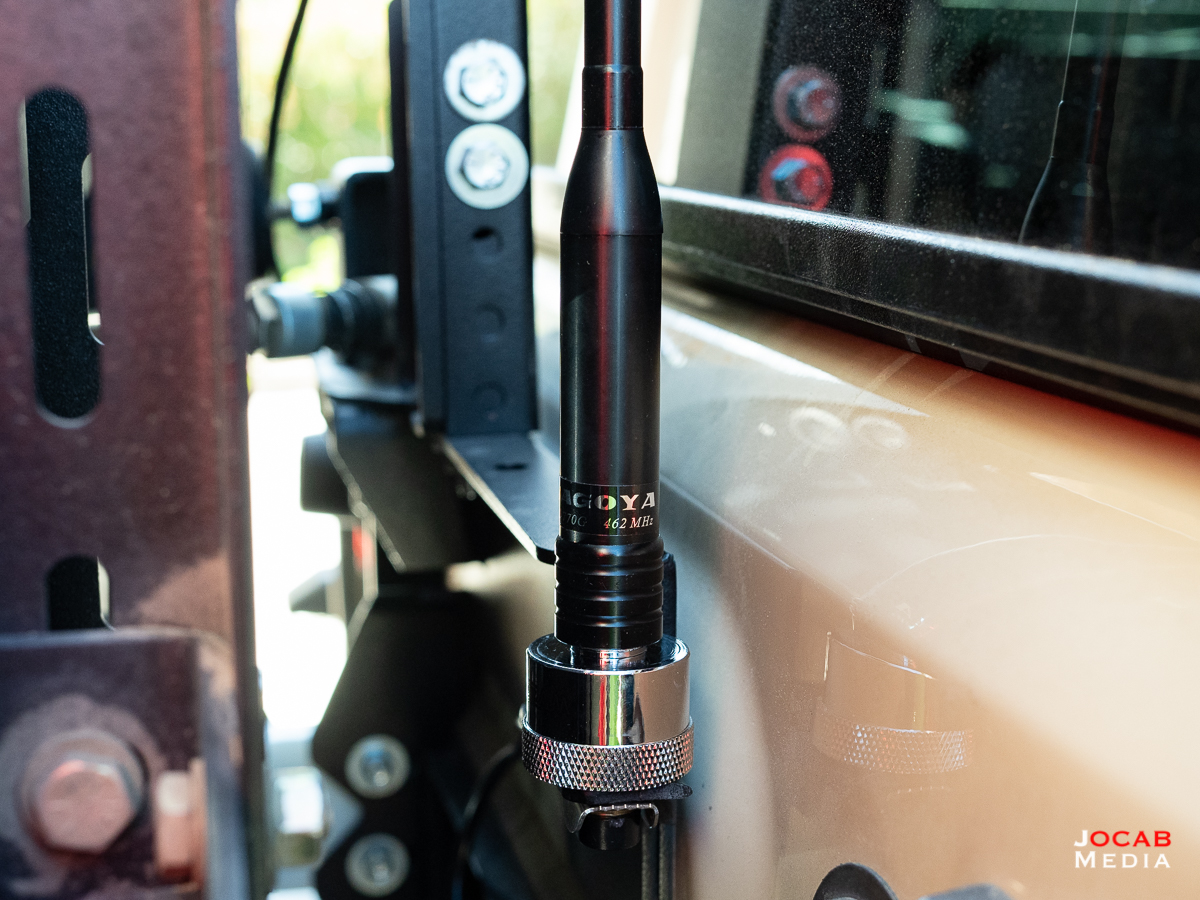
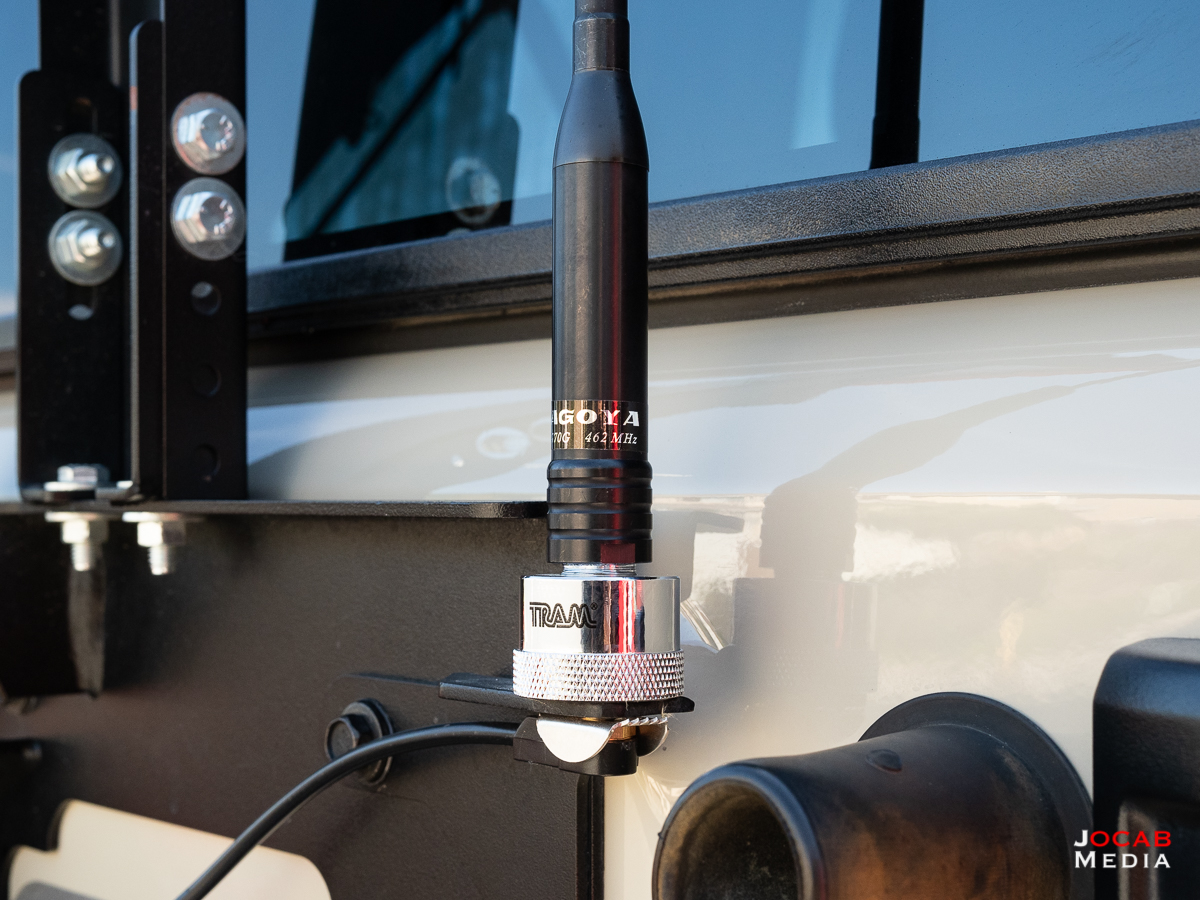
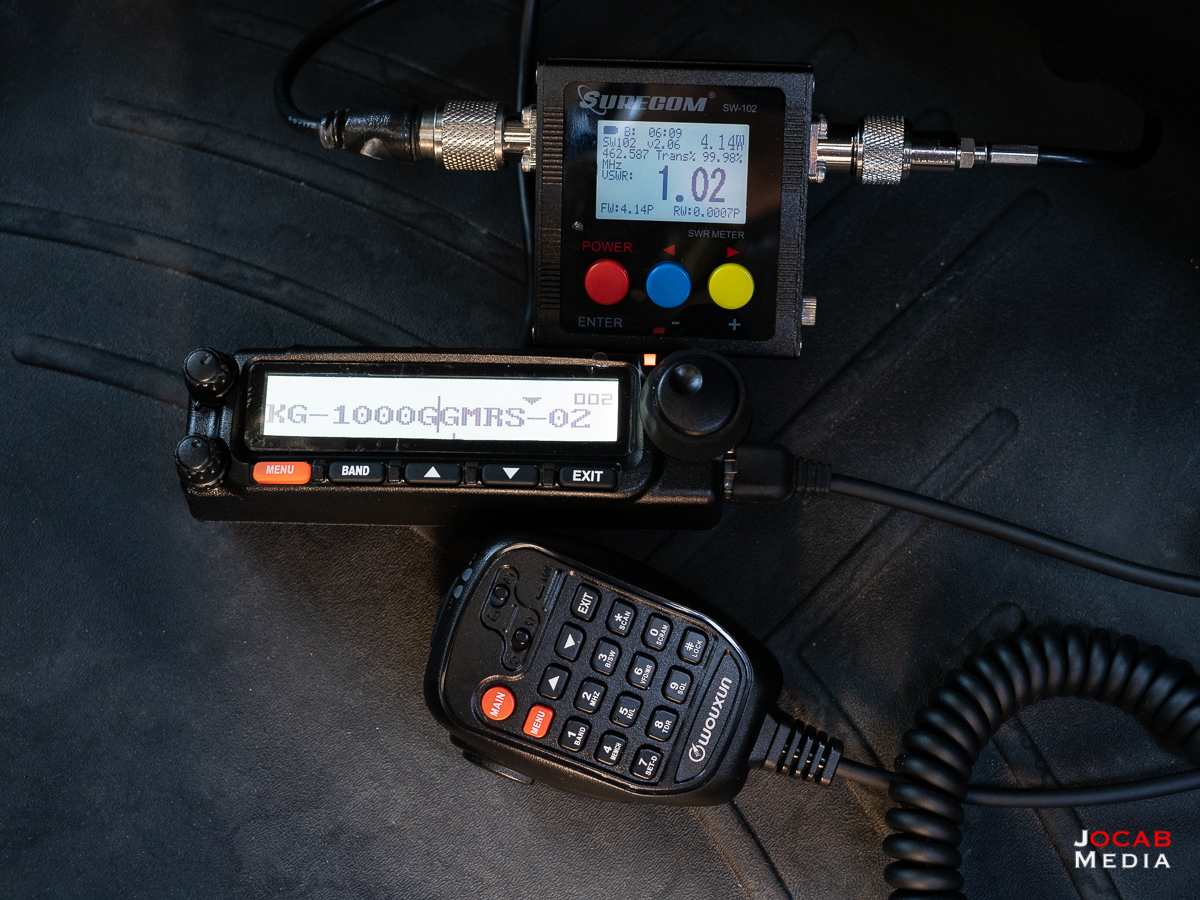
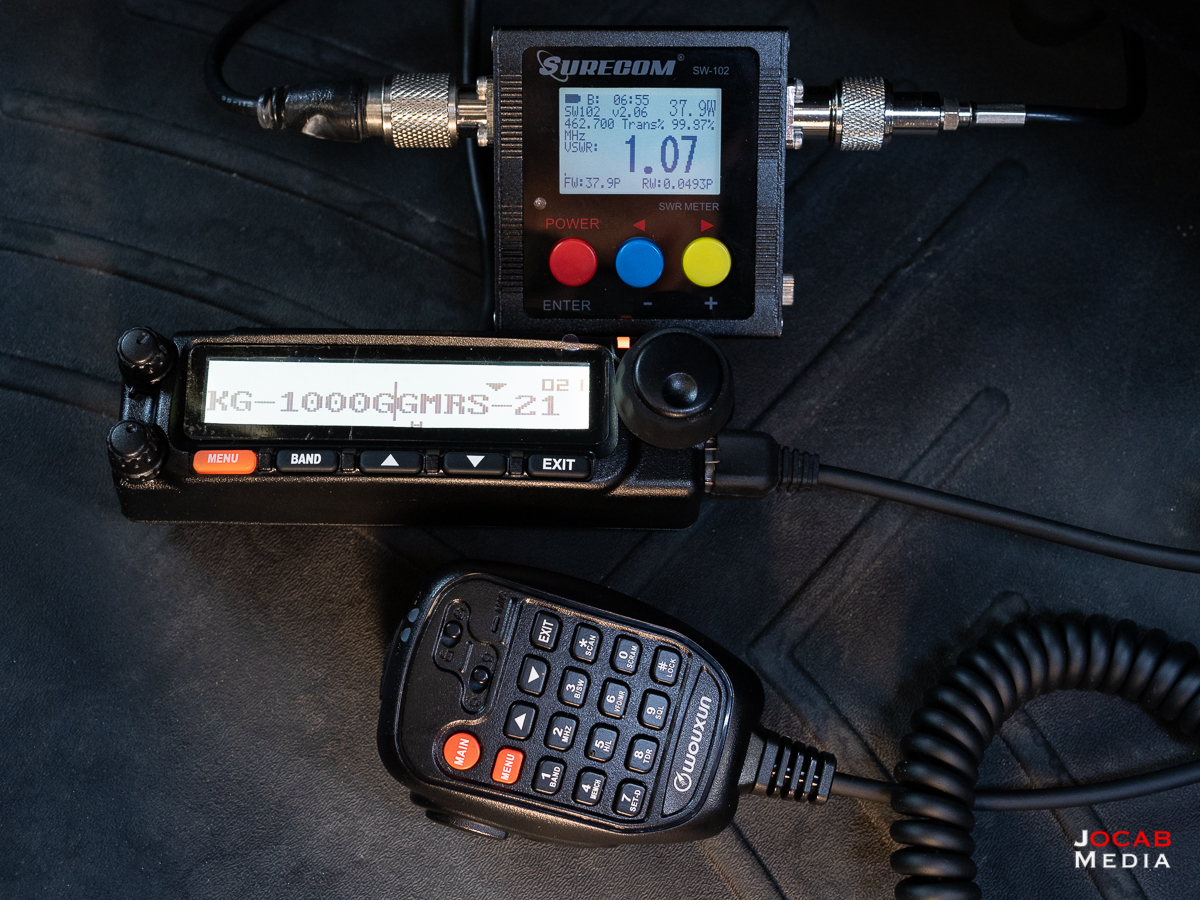
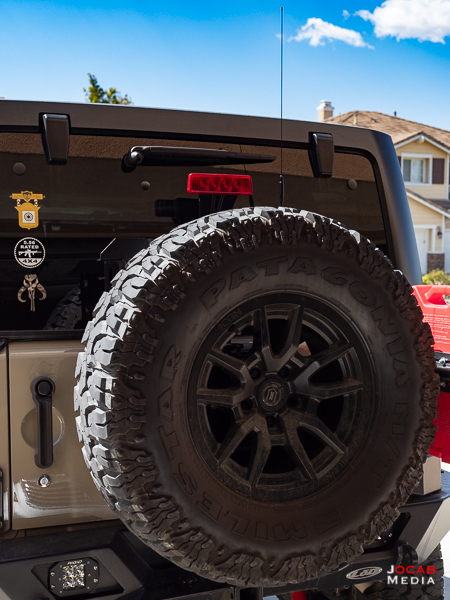
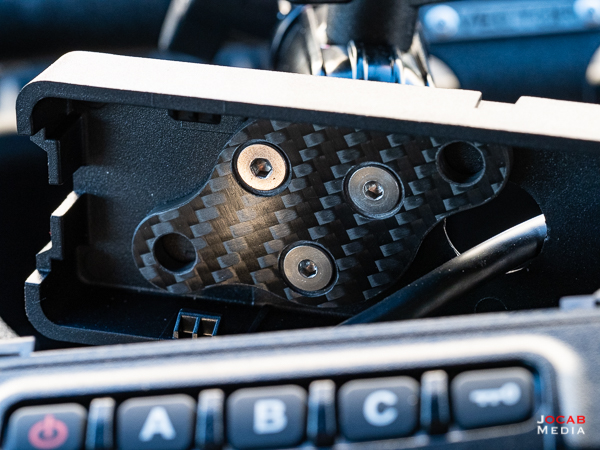
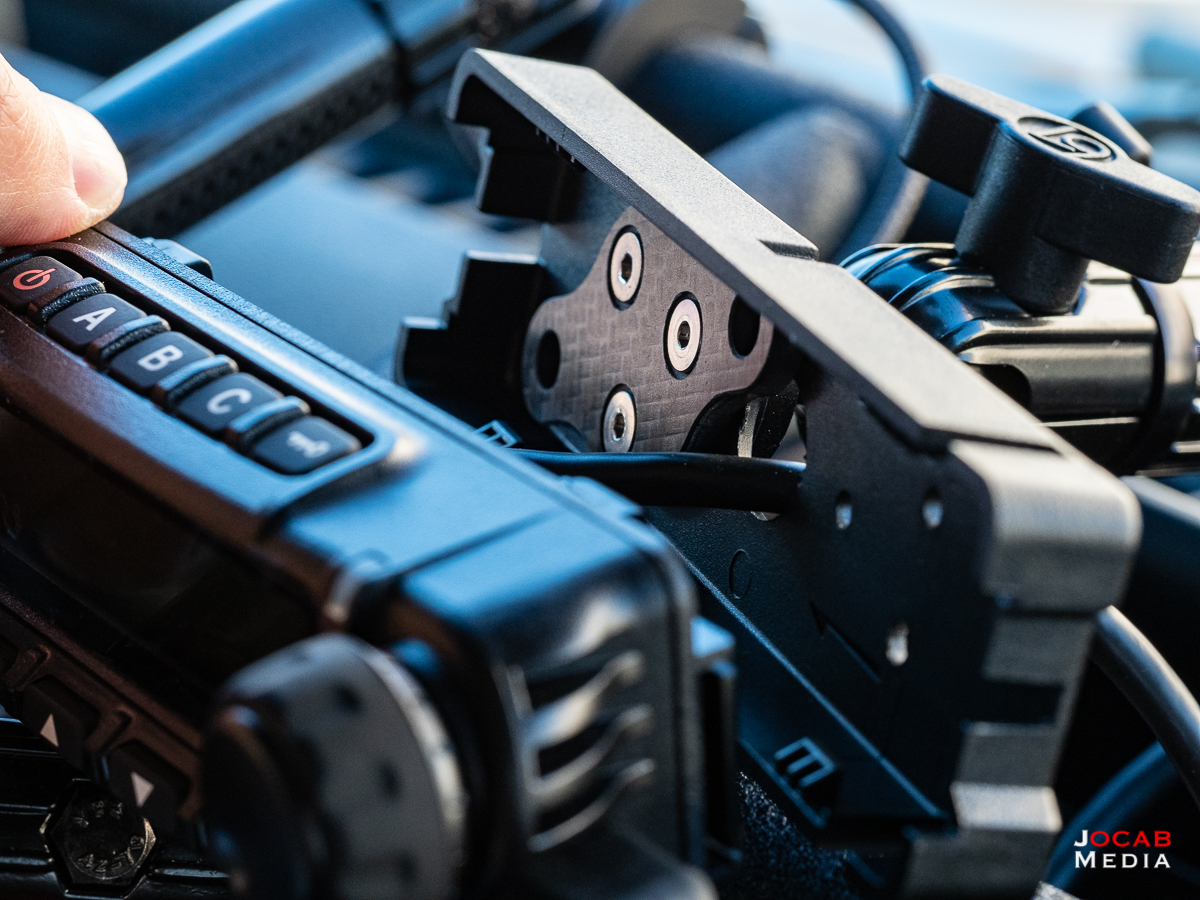
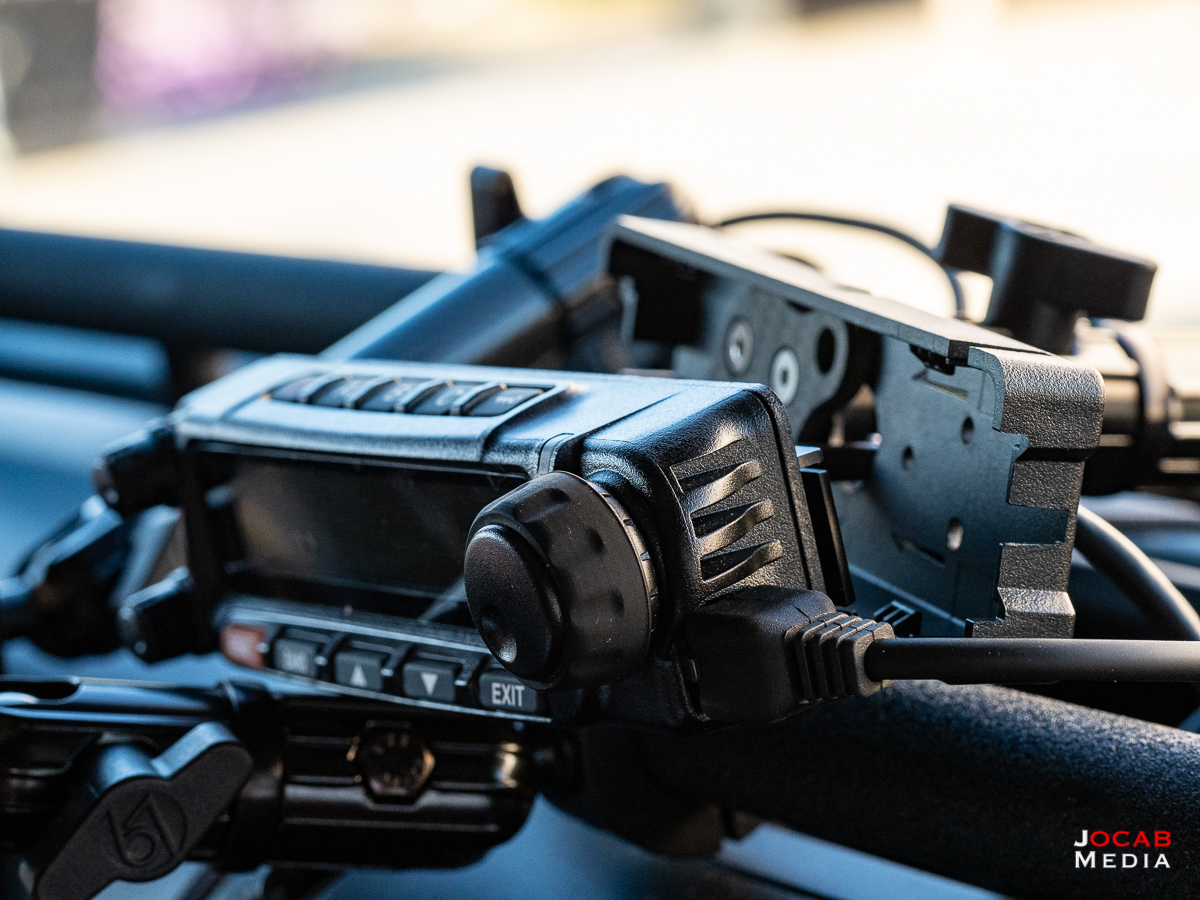
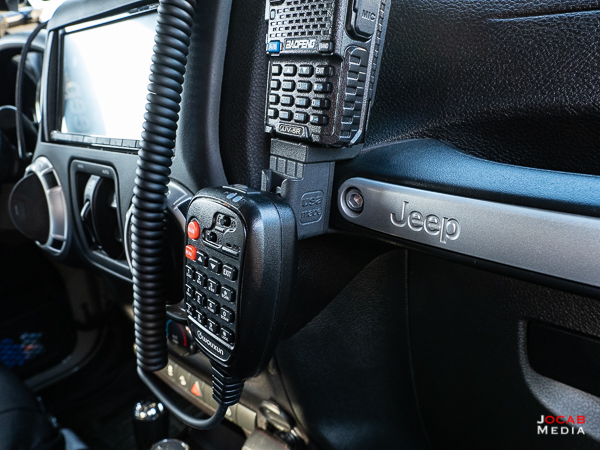
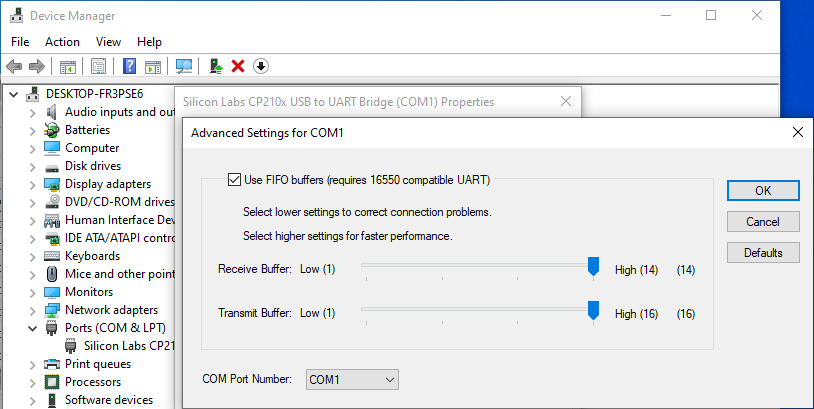
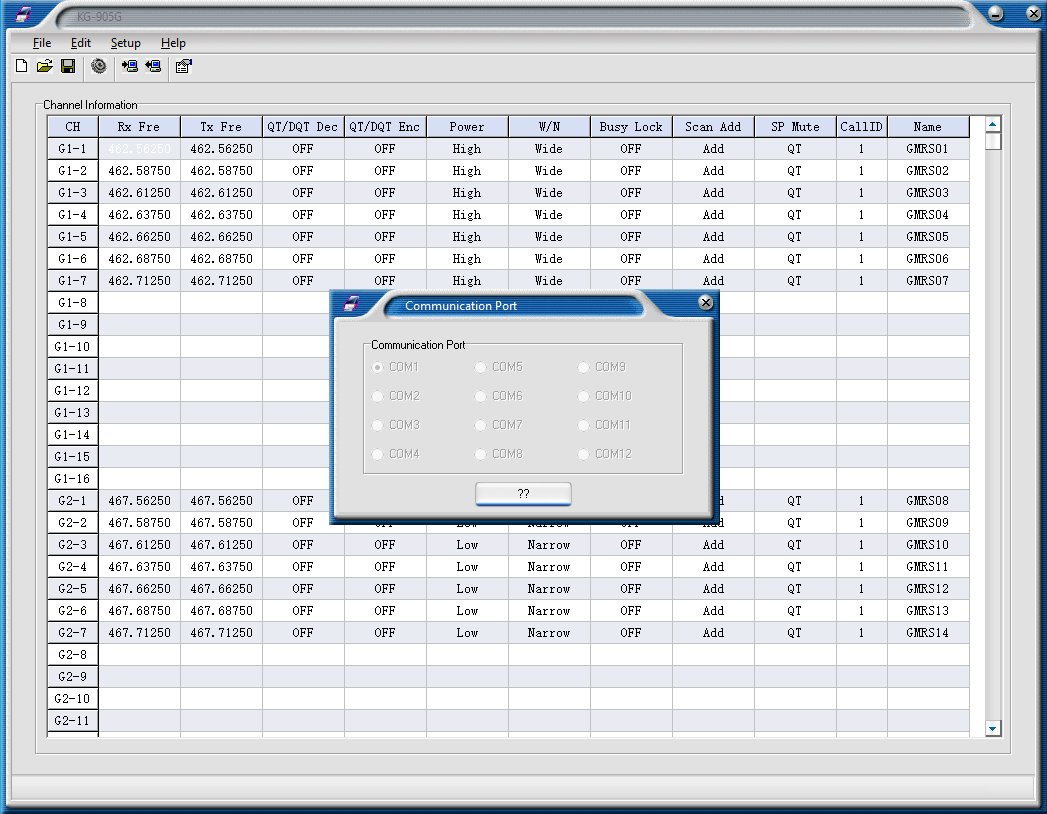
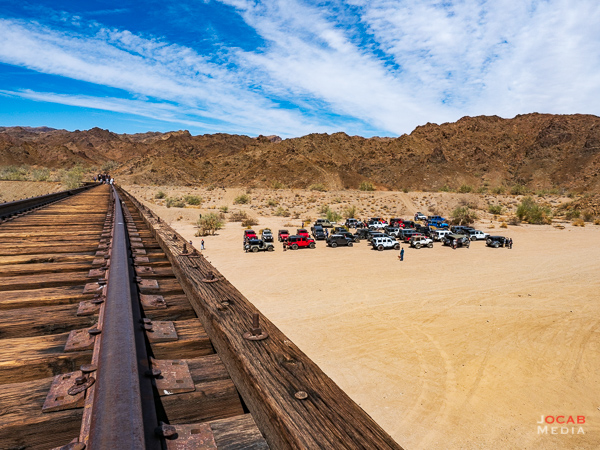
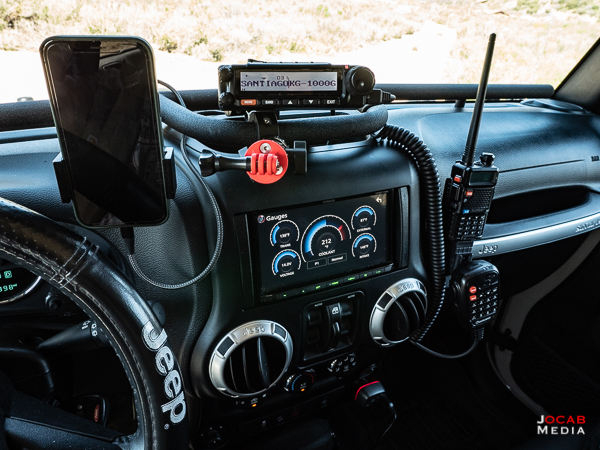
BEN WEIHRICH
CB does not have a 3 mile range, you are sadly mistaken. My base gets 50 almost in all directions in WesTexas. My mobile does about 15 miles. This is dependent on local conditions.